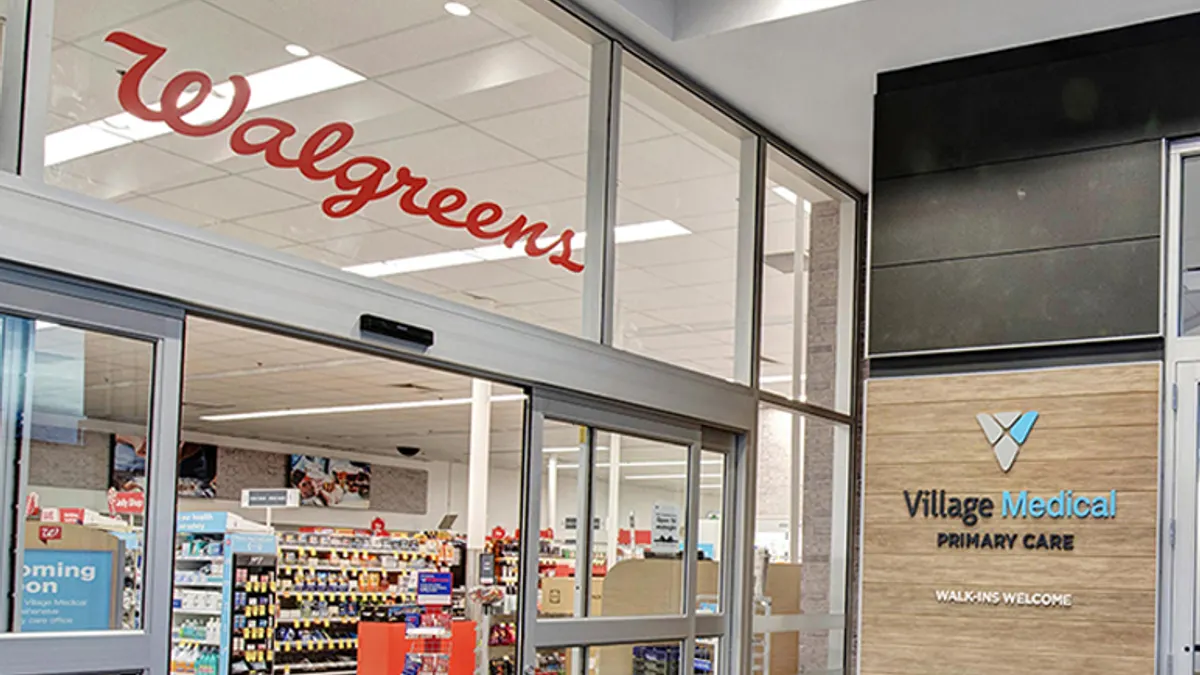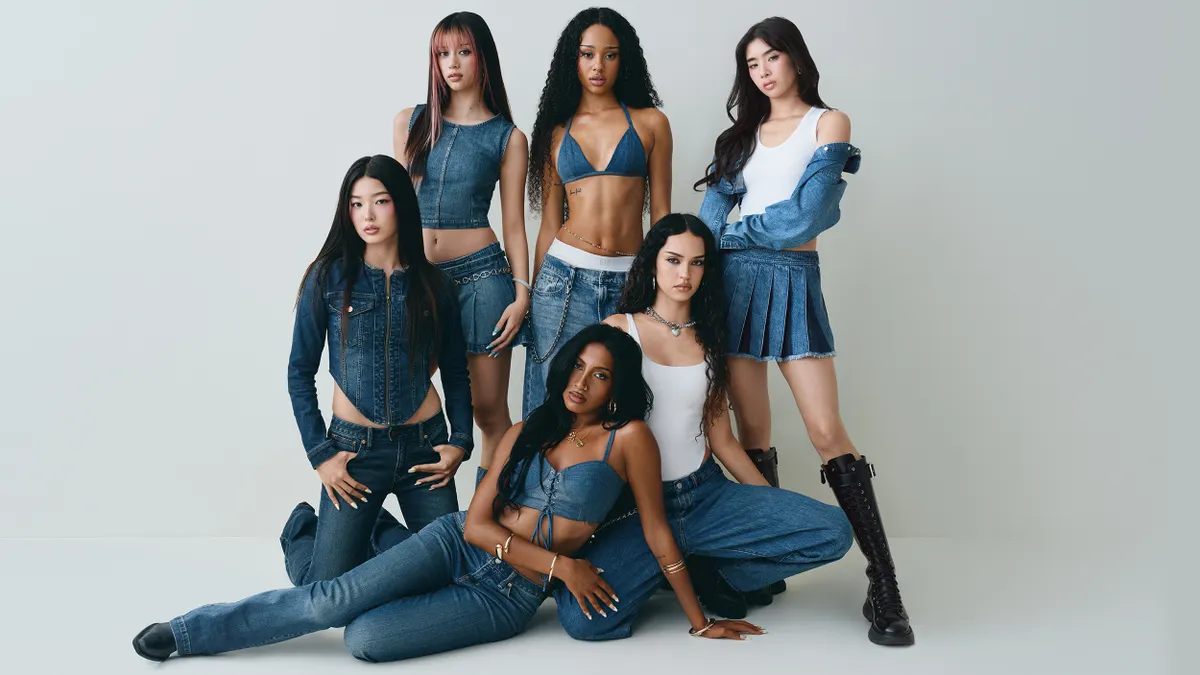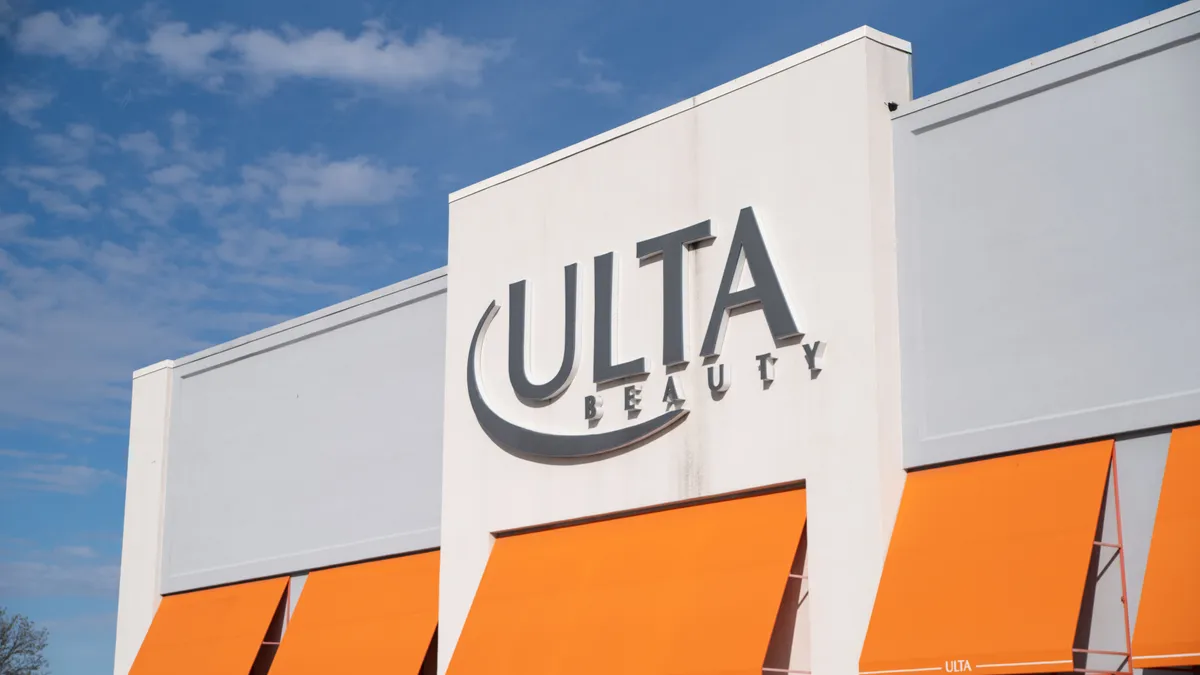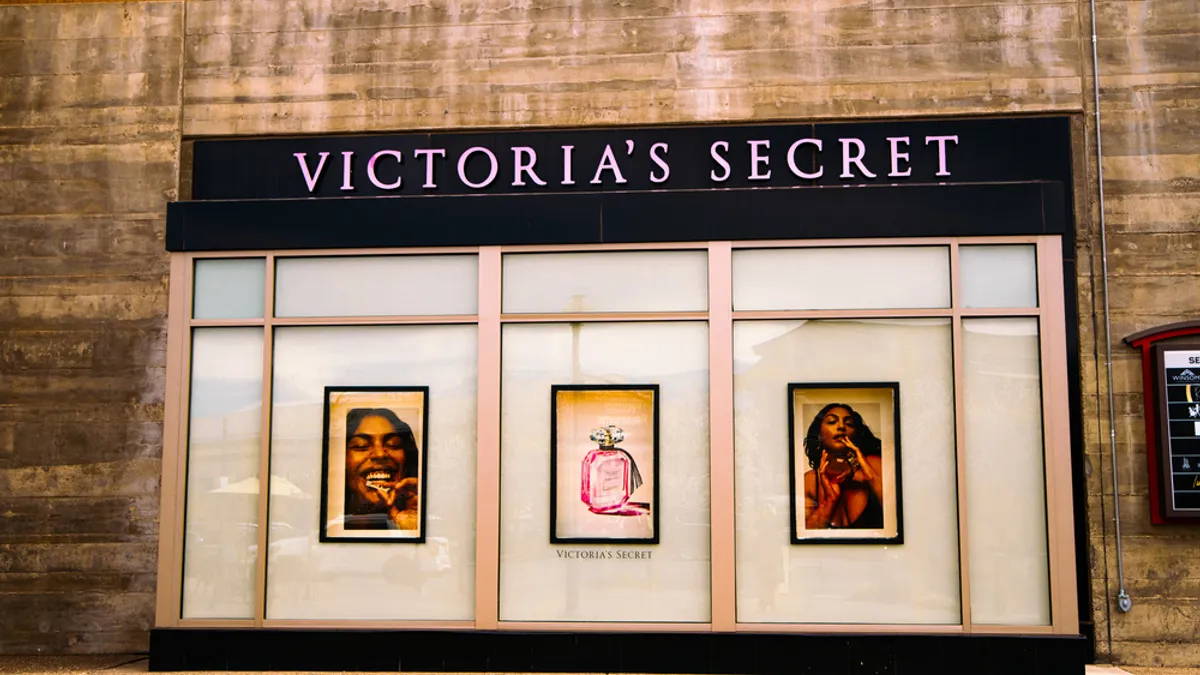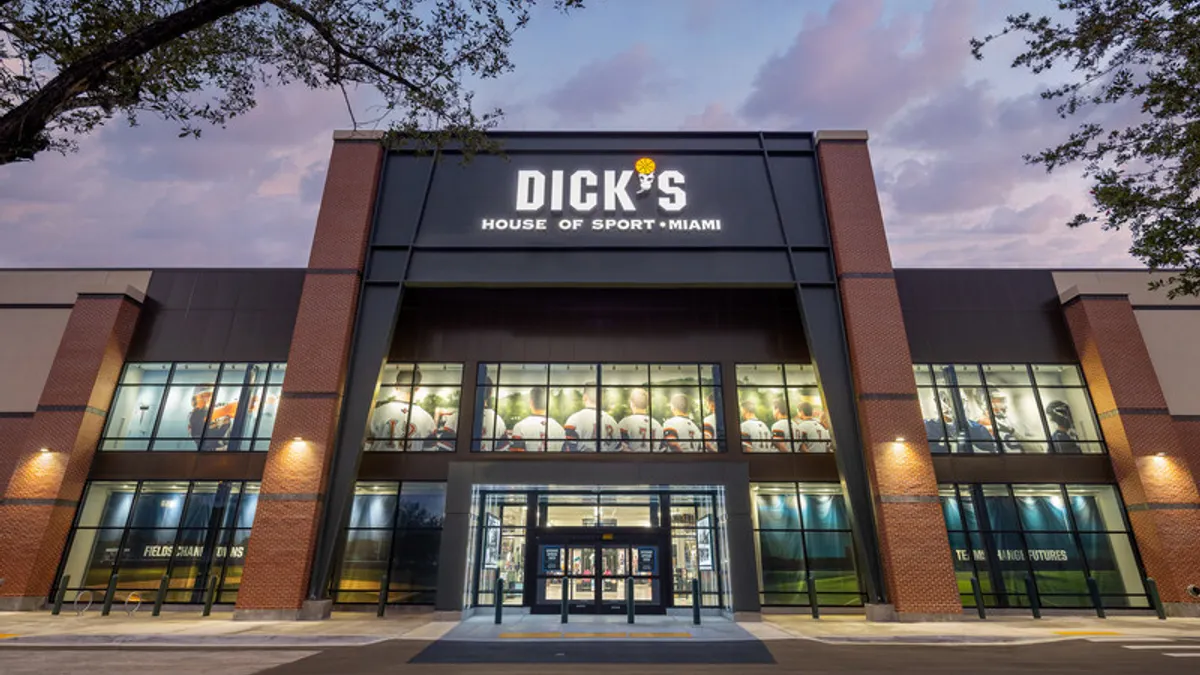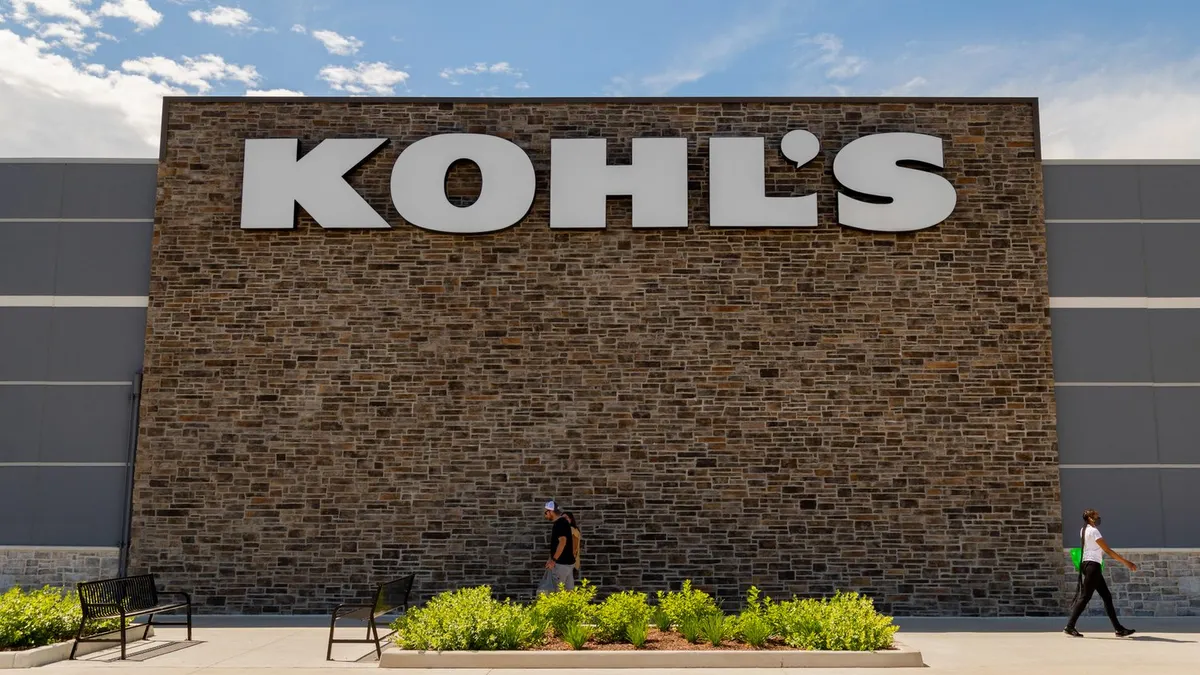J. Crew built an iconic American brand on the fabric of preppy basics like blue button-ups, herringbone blazers and classic chinos. But as mainstay as these styles were for thin working women, they simply weren't an option before this summer for the nearly two-thirds of American women who fall outside the traditional apparel size range.
It's a less than ideal situation for consumers, and a huge economic blind spot for retailers. The average American woman wears a size 14 or above, according to Plunkett Research. The women's plus-size market reached $21.4 billion in 2016 — less than half of its market potential to reach $46 billion, according to Coresight Research. But the segment is growing at a quicker pace than apparel sales overall. The market value for women's plus-size clothing rose 23% between 2012 and 2016, more than double the 9.9% growth for clothing overall, Coresight found.
Within just the last year, many major retailers and brands including J. Crew, Kohl's, Bonobos, J.C. Penney and Macy's, have debuted or reinvigorated plus-size apparel collections. Designated plus lines have provided shoppers with more options at traditional retailers, but some argue that's not enough to address shopper pain points.
"A size 6 doesn't have better taste, she just has better options."

Alexandra Waldman
Co-founder of Universal Standard
Oftentimes fabric, style and freshness are sacrificed when it comes to these separate lines, Alexandra Waldman, co-founder and creative director of startup Universal Standard, told a small group of attendees at a New York City event last week held at the company's office. That's why her company focuses on size inclusivity from the perspective that brands should offer all lines with extended sizes in both directions outside of the industry's traditionally narrow focus. By next year, the company will offer its clothing in all sizes between 00 and 40.
"A size 6 doesn't have better taste, she just has better options," she said. "I watch the same television shows, I walk past the same windows, I look at the same magazines, I have the same influences to my taste, so for you to presume that I don't care about fashion because my size is a double-digit is absurd."
This summer, Waldman and her team collaborated with J. Crew on several collections. It also heralded the moment the iconic retailer expanded to size 24 across all merchandise. "We really wanted to change the perception of trying to tell people what the ideal body type is and how we think you should look," Lisa Greenwald, chief merchandising officer at J. Crew, said during the talk. "We want people to look the way they want to look, but we want them to have access to our clothes."
Here's how the collaboration unfolded.
Catering to the majority
Greenwald first heard of Waldman during a panel on the future of the plus-size market. Her comments raised a few eyebrows and certainly caught Greenwald's attention.
"I really believe that if we are still talking about plus-size fashion five years from now then we have really failed the industry, the American woman and the woman around the world. I think fashion has to be for everyone," she said in recent remarks that recounted the comments she made on that panel. "[I]f you're not making it for a size 6 then you shouldn't be making it for a size 26."
Listening, Greenwald said she realized how much she didn't know about the consumer, and what inclusiveness should look like in fashion. She wanted to push J. Crew's boundaries, but it had to be authentic, she said, so the two began to talk fabrics, styles and sizing.
"I really believe that if we are still talking about plus-size fashion five years from now then we have really failed the industry, the American woman and the woman around the world."

Alexandra Waldman
Co-founder of Universal Standard
For Universal Standard, whose mission is "fashion freedom," the opportunity to work with J. Crew on a comprehensive line that spanned sizes outside of traditional plus offerings was like "waving a flag" to show the industry who they were and how they were trying to disrupt the norms, Waldman said.
In many ways, the collaboration was an experiment, and no outcome was guaranteed. But so far, it's been a promising move for J. Crew.
"Clearly the appetite was there," Greenwald said, adding that outside of the collection with Universal Standard, the expanded sizing was surprisingly popular in items that were "really classic J. Crew," like shimmery shirts, jeans, the downtown field jacket and chinos. "Things people were like 'yes finally!'"
Early learnings
Collaborations between traditional mainstay retailers and startups can be challenging, considering the two groups often come to the table with very different mindsets. But Waldman said she felt the teams worked together with a lot of openness.
"Most people who are producing plus-size clothes, they have a huge captive audience and they didn't really have to pay that much attention because there were so few alternatives out there that you were going to sell no matter what," she said. "So the caring part, the giving a crap, makes a big difference."
Fit and grading were critical to making it all work — and it was a new skill set for both teams, just on opposite ends of the spectrum. Generally, in fashion, designers fit off of a size six model and then use a formula to calculate the dimensions for both sizes bigger and smaller. That was one of the first things that J. Crew and Universal Standard realized would have to change.
"One of the funny things someone told me is if you grade from a size 6 and get to a size 18 or 20, you're getting garments with arms down to the floor because you just keep adding quarters of an inch with every size," Greenwald said, adding that throughout the process they also added fit and grade off of a size 18 model. That helped improve the sizing of smaller sizes too, she added.
"The fact is, our return rate is quite low, so I think that means customers like the fit," she said. Once the sizing was complete and the line was ready for prime time it rolled out in the 12 markets where Universal Standard, which mostly sells direct-to-consumer online, has the most loyalty. After that, it was "read and react, read and react. Learn, affect the future because you just don't know until you know."
In some cases they hit the mark, in others they adapted. One big surprise? Shoppers loved the added sizes in pants.
Having these items in stores is "mandatory for the future," Greenwald said, alluding to the fact that often plus lines are relegated to the digital racks.
"It is certainly not easy, but our goal is to figure it out because we are finding people coming into stores because they wanted to try it on," she said, adding that a guide shop could be in the company's future.
Consumers can look for more extended sizing in women's — and men's — Greenwald said.
Through this collaboration, J. Crew expanded its offerings and mindset when it comes to the consumer, but it didn't fundamentally change what it stands for as a company and how it operates. And neither did Universal Standard. For example, J. Crew will continue to operate with seasonality in mind and mark down inventory to work through it, but Universal Standard will remain seasonless and full price.
"You want to make sure you're being as true to the brand as possible, and being fair, fair to the customer who is coming here and spending a lot of money too," Greenwald said.






